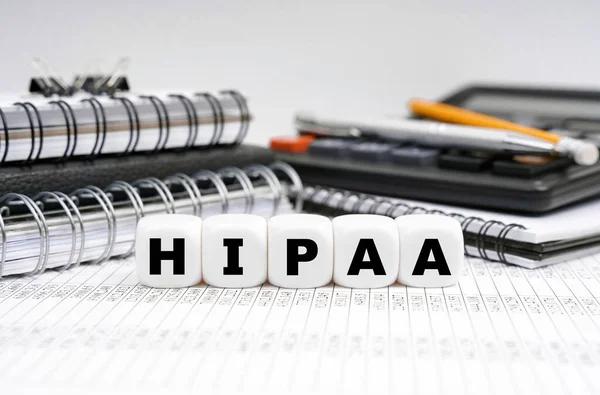HIPAA Risk Management: A Critical Component of Compliance

Understanding HIPAA Risk Management
HIPAA (Health Insurance Portability and Accountability Act) was established to protect sensitive patient health information (PHI) from unauthorized access, breaches, and misuse. HIPAA Risk management is a crucial element of HIPAA compliance, ensuring that healthcare organizations and their business associates identify, assess, and mitigate security threats to PHI. Without a robust risk management strategy, covered entities are vulnerable to cyberattacks, data breaches, and regulatory penalties.
The Importance of Risk Management in HIPAA Compliance
A well-structured HIPAA risk management program helps healthcare organizations comply with HIPAA regulations by proactively addressing potential security threats. The HIPAA Security Rule mandates that covered entities conduct regular risk assessments and implement appropriate administrative, physical, and technical safeguards to protect electronic protected health information (ePHI). Failure to do so can result in significant financial penalties and reputational damage, making risk management an essential aspect of compliance.
Conducting a HIPAA Risk Assessment
A HIPAA risk assessment is the foundation of an effective risk management strategy. This process involves identifying potential threats, assessing the likelihood of security incidents, and determining the impact on PHI. Organizations must evaluate their security policies, data storage practices, and employee access controls to uncover vulnerabilities. A comprehensive risk assessment provides a roadmap for implementing necessary safeguards and reducing the risk of data breaches.
Implementing Risk Mitigation Strategies
Once risks are identified, healthcare organizations must develop and implement mitigation strategies. These strategies include encrypting sensitive data, restricting access to authorized personnel, using multi-factor authentication, and conducting regular security training for employees. Additionally, having a well-defined incident response plan can help organizations swiftly respond to and contain security breaches, minimizing potential harm to patient data.
Continuous Monitoring and Compliance Updates
Risk management is not a one-time task but an ongoing process that requires continuous monitoring and updates. As cybersecurity threats evolve and regulations change, organizations must adapt their security measures to stay compliant. Regular audits, employee training programs, and updating policies based on emerging risks are essential to maintaining HIPAA compliance. By continuously evaluating and improving their risk management approach, healthcare entities can better protect patient data and maintain regulatory compliance.
The Role of Business Associates in HIPAA Risk Management
Business associates, including vendors and third-party service providers that handle PHI, also have a responsibility to manage risks and comply with HIPAA regulations. Healthcare organizations must establish business associate agreements (BAAs) to ensure that vendors follow proper security protocols. Conducting due diligence on third-party partners, including verifying their compliance measures and risk management practices, is crucial to preventing data breaches that could impact the entire healthcare ecosystem.
Conclusion
HIPAA risk management is a fundamental component of compliance, helping organizations safeguard patient data, mitigate security threats, and avoid regulatory penalties. By conducting regular risk assessments, implementing security measures, and maintaining continuous monitoring, healthcare entities can strengthen their data protection efforts. As cyber threats continue to evolve, prioritizing risk management will remain essential for maintaining the integrity and confidentiality of patient health information.
Post Your Ad Here
Comments